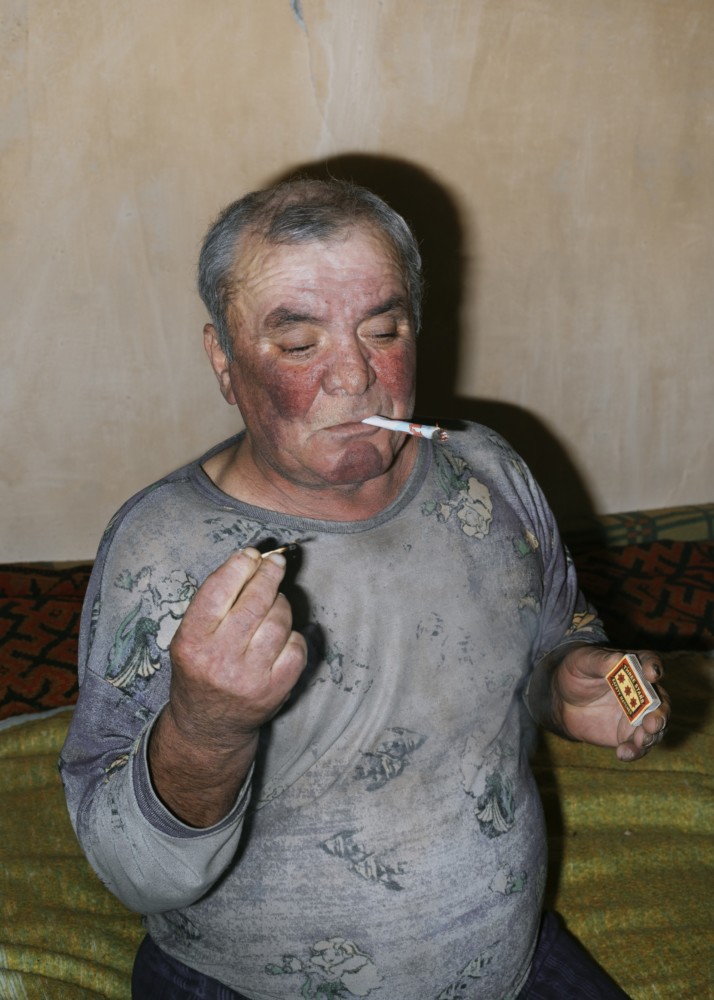I was very lucky to have spent an evening online with Susan Mieselas and Matt Black (and many others in the audience!) as they outlined their long term mentoring programme.
I was particularly interested not only in terms of my current project but in what comes after. What will my next project be? How will I know when a project is, well, a project?
You know, says Meiselas, “when something is dwelling inside of you and won’t go away”.
“It will have stages,” says Black. “A series of discoveries – that’s the fuel in the tank.”
Ultimately, though, it is driven by compulsion, they both agree. It needs to be tended to through a mixture of immersion and then separation, the process of taking time out, repositioning and reconsidering, a seeing with fresh eyes.
And projects cross-pollinate, the pair agree. Useful, says Black, because projects, like all love affairs, can plateau or seem to lead to a dead end. Something unexpected can trigger a new stage.
What I found particularly useful from this presentation, however, was the highlighting by both artists of the incredible value of sharing you work with others.
This is something I am not naturally good at, preferring to complete work – written or photographic and then presenting it to the world in its completeness.
Falmouth has challenged me to review both the process, the thinking and the product during creation, to test waters, garner feedback and be more attentive to the views and suggestions of others.
I was particularly struck by two projects from Magnum’s current mentees – Marius Scarlat and Catherine Synas-Butcher. Both delve into the family as the theme, though very differently.

Scarlat’s project (top) reveals the difficulties and tenderness in the relationship between his alcoholic uncle and his grandmother. It is beautiful, raw and harrowing in equal measure. What struck me most was the visual economy of the project – there was absolutely nothing that does not earn its keep in what is a short series of images.
This is something I really need to keep in mind with my own project Other Mothers. Every image included must ‘do’ something essential to the overall whole – to move the narrative along, to expand the story’s thickness, to change direction or, in Scarlat’s work, to do two or more of these things all at once. It is a phenomenal piece of work.
Synas-Butcher’s piece has a larger cast but is a visceral portrayal of family life, and her role in it. It is grittily suggestive and a masterpiece of sequencing in terms of story development – again, an aspect I must remain laser-focused on when sequencing my own work.
References:
Magnum Photos. (n.d.). 14 Photographic Stories from Magnum’s Mentees | Magnum Photos Magnum Photos. [online] Available at: https://www.magnumphotos.com/theory-and-practice/12-photographic-stories-magnum-mentees/ [Accessed 14 Aug. 2021].




